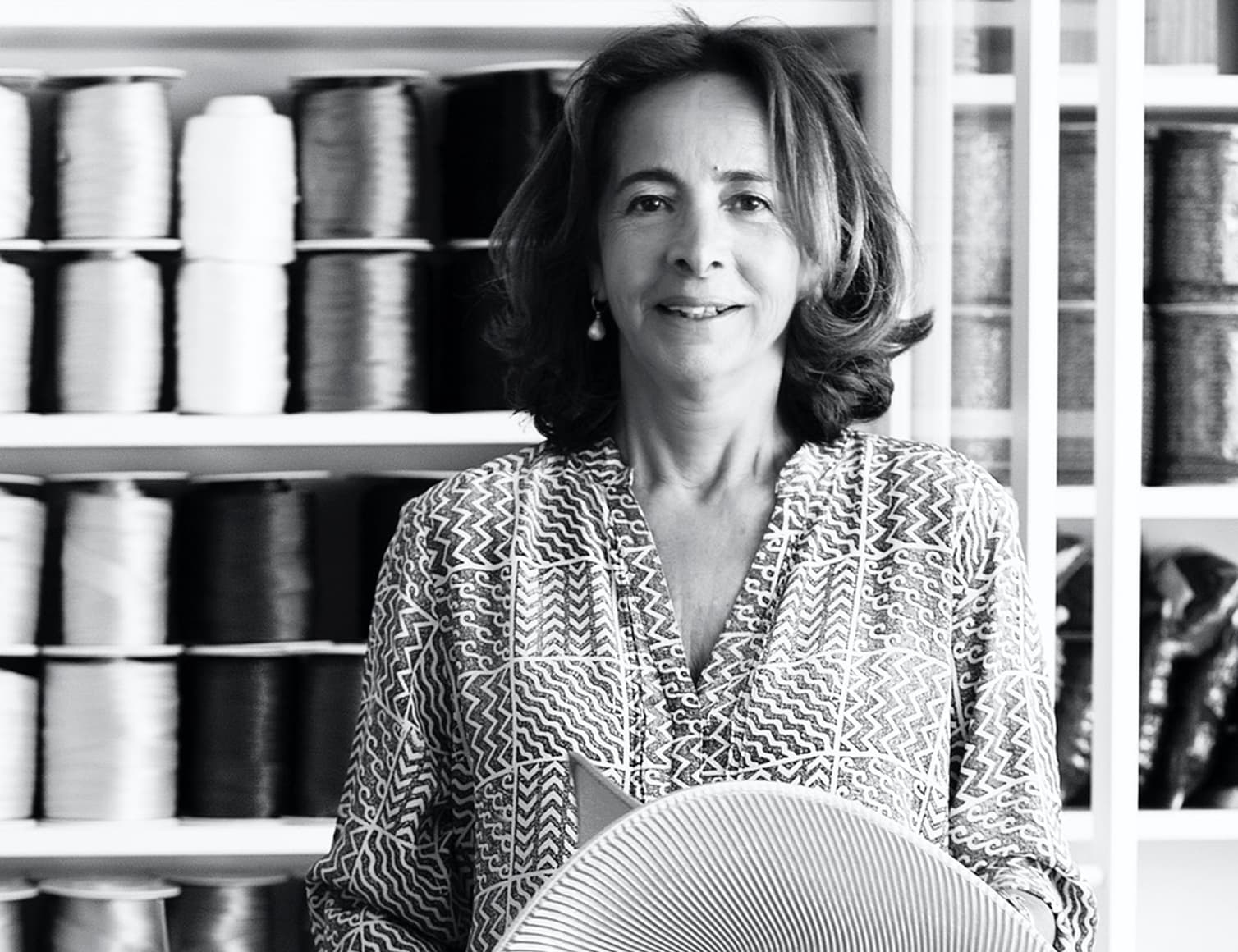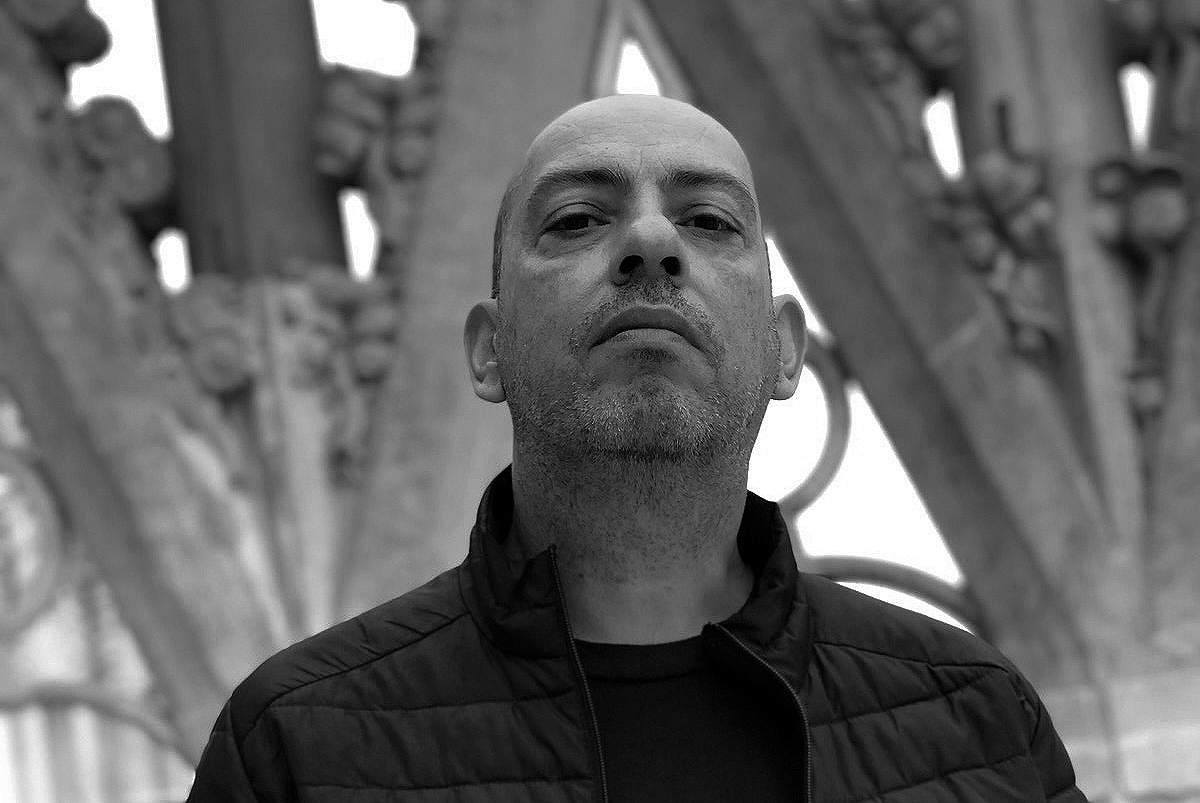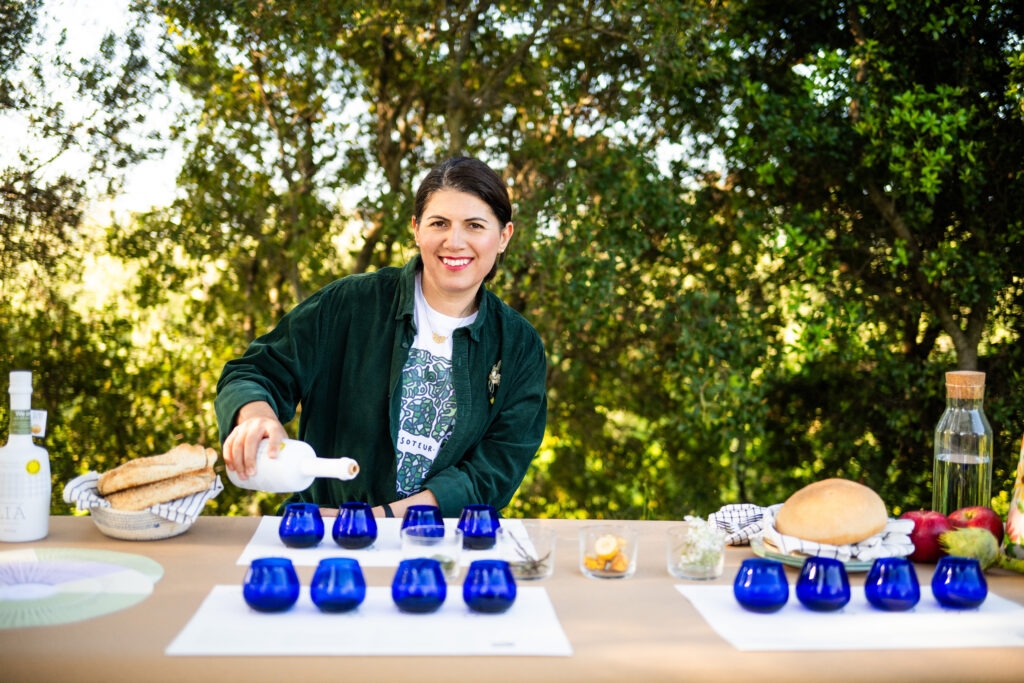''I am a Greek designer. Since 1992 I design and manufacture in my studio hand-made lighting outfits, furniture, art objects, jewellery, and fashion accessories. My creations are sold in many outlets globally, and my fashion accessories can be found in 90 shops of major Art Museums around the world.
I began designing empirically, through my materials. Which means I immediately start constructing my objects, because I like to see them take their real “live” shape directly.
The essence of my work’ s goal is that the objects must be useful and their materials recognisable. The construction must be clean-cut and its shape a logical result of its construction and materials.
As I don’ t like fake pockets and purely decorative buttons, so I don’ t like materials masquerading as something else, i.e., aluminum as “wood”, or plastic as “marble”.
Often, I add some playfulness, but I never lose sight of my initial aim, which is to answer to the specific need for which the object is being made – as simply and self-evidently as primitive people used to make their utensils, tools, and houses.
With this same logic I design all objects, using contemporary materials, following the latest techniques, and trying not to be carried away by the mass of pictures in magazines and tv about the fashionable new “trends”. (What, really, is the meaning of trends?
Could it be simple mimicry?) Why should we produce something “different” only because it needs to be “different”?
A chair that offers, through some new technology, more comfort, is indeed an important and original proposition; but an “imaginative, different” chair in which one cannot sit comfortably, is just nothing.
In the past, objects were made to last. Now we throw them away and quickly buy new ones.
Over-consumerism is a bad stepping-stone for designers, and it also produces a pitiful and useless heap of garbage. We spend more, but I’ m not sure we live better.
So, for me, a good design is a balanced combination of many factors: of a useful object in a well-proportioned shape and, of course, at an “honest” price.
For my lighting outfits, colour is inseparable from shape. I always start with white, the way one starts by sketching on a blank canvas. Later on, when the object has acquired its definite shape, I decide what other colour might be added.
For my fashion accessories I enjoy trying all sorts of combinations. I sometimes am inspired by the earthy shades of the ancient Greek painter of the 5th century BC. Polygnotos, and at other times by all the shades of blue-green, or by really exorbitant, gaudy combinations.
And there’ s always the element of surprise, when (as often happens) some colours are spread out at random on my working bench and I cry out, “how beautiful, let’ s do that!”.











